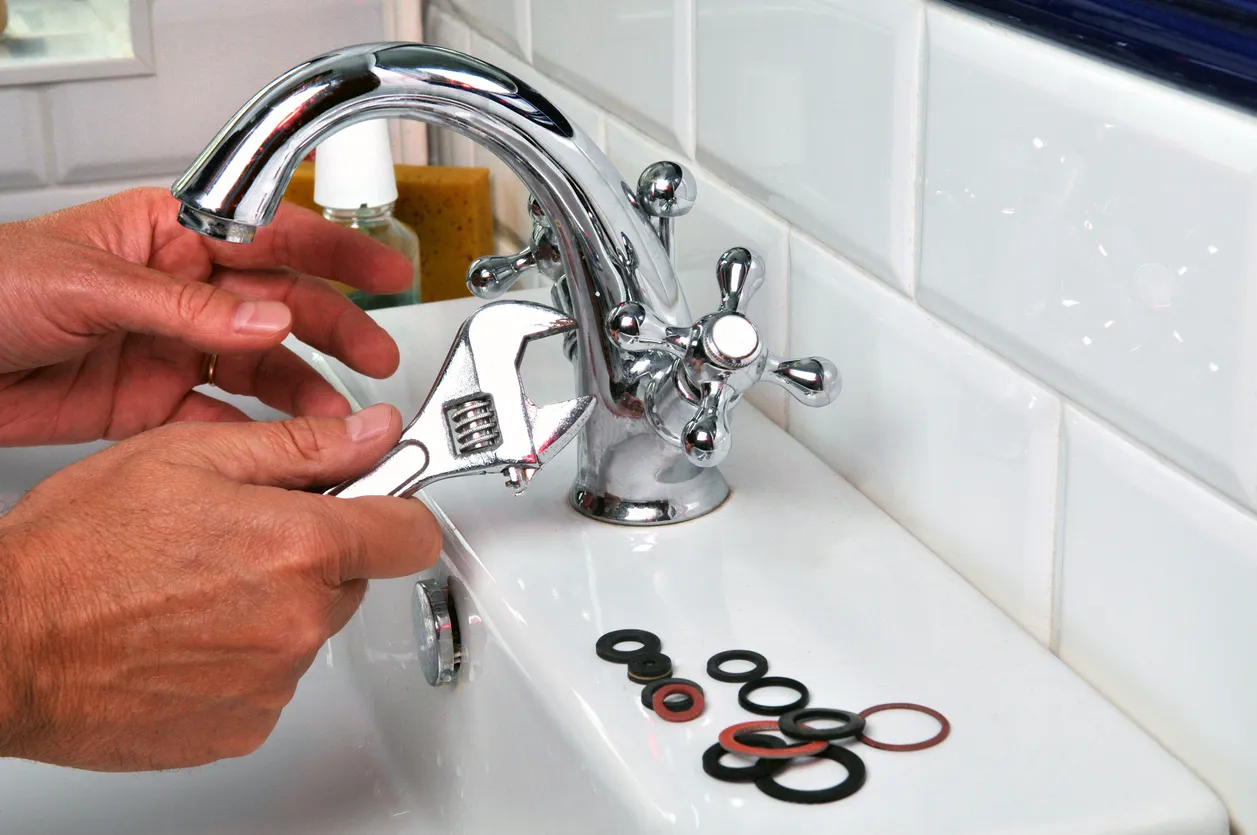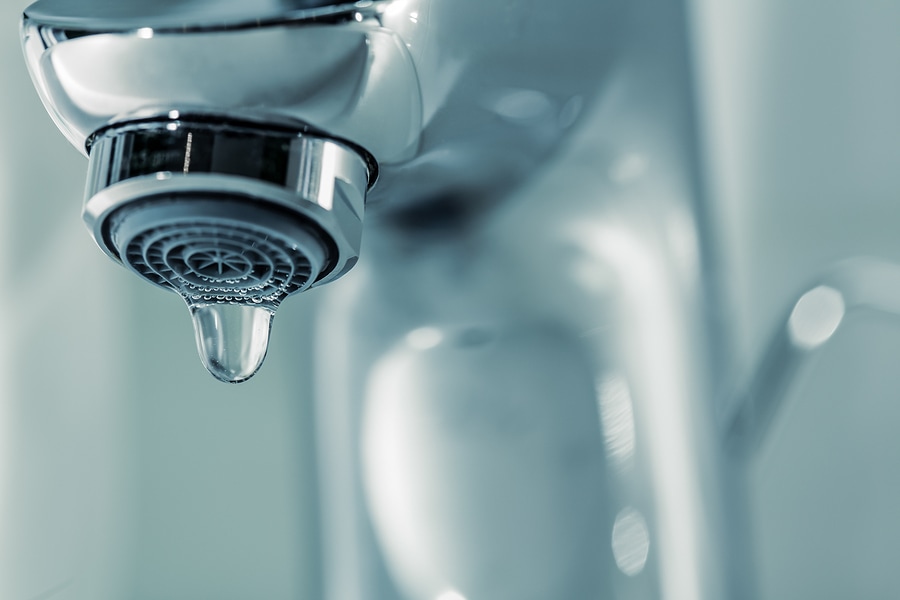How It's Vital to Resolve a Malfunctioning Faucet
How It's Vital to Resolve a Malfunctioning Faucet
Blog Article
What are your ideas on Water Dripping from Faucet: Why and How to Fix?

Dripping faucets might seem like a minor hassle, but their impact goes beyond just the annoyance of the sound. From wasting water to sustaining unneeded monetary expenses and wellness threats, neglecting a leaking faucet can lead to numerous repercussions. In this short article, we'll delve into why it's crucial to resolve this typical home issue without delay and successfully.
Wastage of Water
Ecological Impact
Trickling faucets add significantly to water wastefulness. According to the Epa (EPA), a single faucet trickling at one drip per secondly can lose greater than 3,000 gallons of water per year. This not only pressures water resources but additionally impacts environments and wildlife dependent on them.
Financial Prices
Boosted Water Bills
Past the environmental influence, leaking taps can pump up water bills significantly. The accumulated wastefulness in time converts right into higher energy expenses, which might have been stayed clear of with timely fixings.
Potential Building Damage
Additionally, long term dripping can result in harm to fixtures and surface areas bordering the tap. Water accumulation can cause staining, rust, and also architectural concerns if left neglected, resulting in additional repair work expenses.
Health and wellness Concerns
Mold and Mildew Growth
The constant presence of moisture from a dripping tap develops an excellent setting for mold and mildew and mold growth. These fungi not just endanger indoor air top quality yet likewise present health and wellness threats, especially for people with respiratory conditions or allergies.
Waterborne Diseases
Stagnant water in leaking faucets can end up being a breeding ground for bacteria and various other virus, increasing the risk of waterborne conditions. Impurities such as Legionella bacteria thrive in stationary water, possibly causing severe health problems when ingested or inhaled.
Do it yourself vs. Professional Repair
Advantages and disadvantages of Do It Yourself Repair Work
While some may try to fix a leaking faucet themselves, DIY repair services feature their own set of difficulties. Without correct expertise and tools, DIY attempts can aggravate the concern or lead to incomplete repair services, lengthening the trouble.
Advantages of Working With a Specialist Plumber
Working with an expert plumber makes sure that the underlying source of the trickling tap is attended to efficiently. Plumbing technicians possess the competence and devices to diagnose and fix tap problems efficiently, conserving time and lessening the danger of further damages.
Step-by-Step Overview to Repairing a Dripping Tap
Tools Required
Prior to attempting to deal with a leaking tap, gather the essential tools, consisting of a flexible wrench, screwdrivers, replacement components (such as washers or cartridges), and plumber's tape.
Typical Tap Issues and Their Solutions
Identify the sort of faucet and the certain concern causing the drip. Typical troubles include worn-out washing machines, rusty shutoff seats, or damaged O-rings. Refer to maker guidelines or online tutorials for step-by-step advice on repair work.
Safety nets
Routine Maintenance Tips
To stop leaking taps, perform routine upkeep such as cleaning up aerators, checking for leaks, and replacing damaged components immediately. Additionally, think about mounting water-saving devices or upgrading to a lot more effective components.
Importance of Prompt Fixes
Addressing dripping faucets as soon as they're observed protects against further water wastage and potential damage, inevitably conserving both water and cash in the future.
Influence On Home Value
Understanding of Well-Maintained Home
Preserving a building in good condition, consisting of attending to maintenance issues like trickling faucets, enhances its viewed worth and desirability amongst potential purchasers or renters.
Impact on Resale Worth
Residences with properly maintained plumbing components, including faucets, command greater resale worths in the realty market. Attending to dripping taps can contribute to a positive impression throughout building examinations and negotiations.
Ecological Responsibility
Individual Contribution to Conservation
Taking responsibility for repairing leaking faucets aligns with broader efforts towards water preservation and ecological sustainability. Every individual's actions collectively make a substantial influence on protecting valuable resources.
Lasting Living Practices
By focusing on prompt repairs and taking on water-saving routines, individuals add to lasting living practices that profit both present and future generations.
Conclusion
Attending to a trickling faucet goes beyond simple convenience; it's an essential action towards saving water, reducing monetary prices, and protecting wellness and residential property. Whether through DIY fixings or professional help, doing something about it to repair trickling faucets is a little yet impactful method to advertise liable stewardship of resources and contribute to a healthier, a lot more lasting future.
How to Fix a Leaky Faucet: Step-by-Step Repair Guide
A leaky faucet may seem like a simple annoyance, but if it's not fixed promptly, that leak could cost hundreds to potentially thousands. From water damage to mold, mildew, and high water bills, even a tiny leak can be catastrophic if left unattended. Damage like this can even affect the overall value of your home, so it's important to take the right approach for leaky faucet repair. You may need the help of a plumber in some cases, but we've got a few tips you can try on how to fix a leaky faucet before calling the pros.
Four Faucet Types
When you're learning how to fix a leaky faucet, the first step is knowing what kind of faucet you're working with! There are four common types.
Cartridge Faucets
Cartridge faucets come in one- or two-handled varieties. In one-handled cartridge faucets, hot and cold water combines in a single cartridge. In the two-handled versions, hot and cold water are controlled separately and mixed in the faucet.
Ball Faucets
Ball faucets have a single lever you push up and down to adjust the pressure and rotate to change the temperature. A slotted metal ball controls the amount of water allowed into the spout.
Compression Washer Faucets
They're the oldest type of faucet, but they're still used in many homes — especially older ones. Compression faucets have two separate handles that, when turned, raise or lower the washer that seals a water valve. This valve stops water from flowing through the faucet when it is turned off.
Disc Faucets
Disc faucets rarely need to be repaired due to their maintenance-free design. The water flow is controlled by two discs — the upper one raises and lowers against a fixed lower disc, creating a watertight seal. If your disc faucet starts leaking, you may need to replace the seals or clean residue buildup from the inlets.
Fixing a Leaky Faucet
Step 1: Turn Off the Water
Whether you're learning how to fix a leaky bathtub faucet or how to fix a leaky kitchen faucet, always turn off the water supply to your working area when you're fixing a leak. The last thing you want is a flood added to your list of things to fix.
Look for the shutoff valves below your sink or around the tub and turn them clockwise to stop the water flow. If your faucet doesn't have shutoff valves, you may need to turn off the water for the whole house. Check to make sure it's off by turning the faucet on. If nothing comes out, you're ready to start the repair.
Step 2: Take Apart the Faucet
How you disassemble your faucet depends on the type of fixture you have. You can use a flathead screwdriver to remove the caps on top of the handle or handles for cartridge and compression faucets. Inside, you should see handle screws. Unscrew these with a screwdriver to remove the handle.
Disc- and ball-style faucets will typically have an inlet screw near the handle, and removing that will reveal the interior of the faucet.
Detach the Valve Stem
For cartridge- and compression-style faucets, you'll see the inner valve stem or cartridge once you remove the faucet handles. If you have a compression faucet, unscrew the brass valve stem. If you have a cartridge faucet, pull out the cartridge. If your cartridge has been in place for a while, it may require some tools or extra force to remove it due to mineral deposits.
Examine and Replace Parts
Once you've removed the parts, check them out to confirm what needs to be replaced. You may see corroded rubber washers, O-rings, stems, or cartridges. On a ball-style faucet, check the seats and springs for damage.
If you need to repair a leaky disc faucet, check the inlet and seals on the lower disc.
Once you determine what parts must be replaced, visit your local hardware store. Bring the damaged parts with you to ensure you can purchase the correct components to replace them.
Clean Valves and Faucet Cavity
If you've removed a stem or cartridge, you may notice mineral buildup in the faucet's threads. Use white vinegar to clean the valve seat by soaking it for a few minutes, then scrub it away with a soft toothbrush and rinse with warm water. You can also clean the interior of the faucet in the same way.
Reassemble the Faucet
Once your faucet is cleaned and the required parts have been replaced, it's time to reassemble it. Put the pieces back together and slowly turn the water supply back on. Doing this slowly is crucial because too much initial water pressure can damage the new hardware you've just installed.
https://homewarranty.firstam.com/blog/how-to-fix-leaky-faucet

I am very excited about 4 Common Reasons for a Leaky Faucet and I hope you liked the new blog entry. Are you aware of another individual who is interested in What Causes Leaky Faucets & How To Fix Them? Be sure promote it. Thank you so much for taking the time to read it.
Report this page